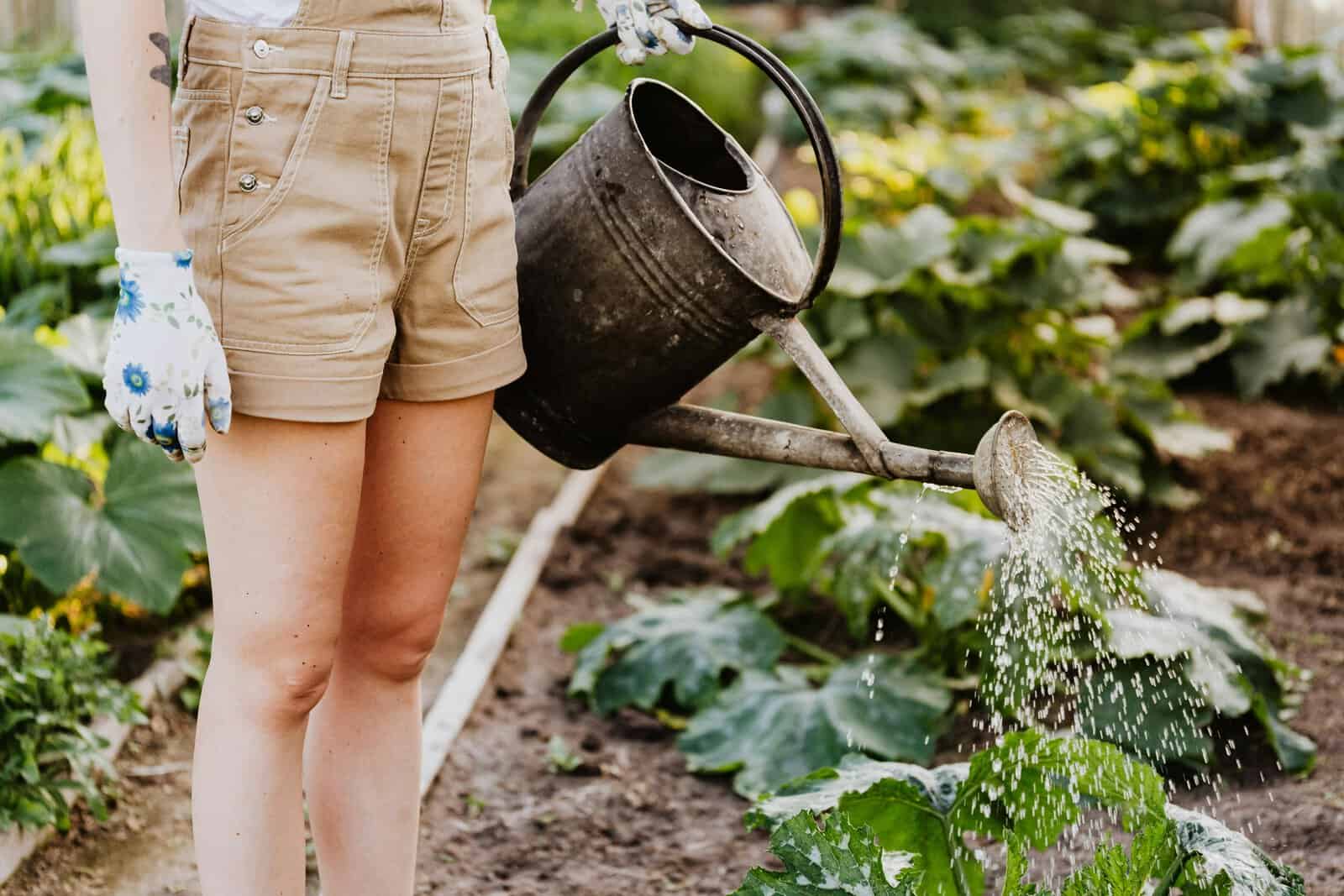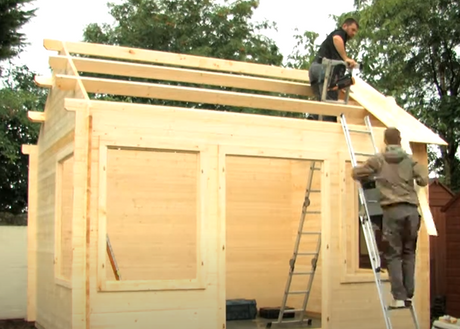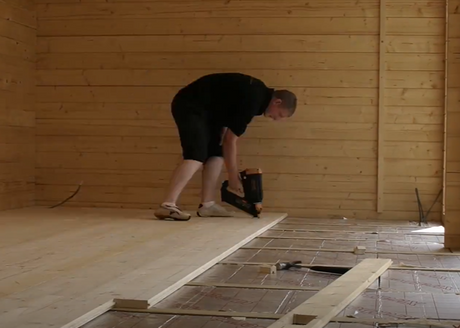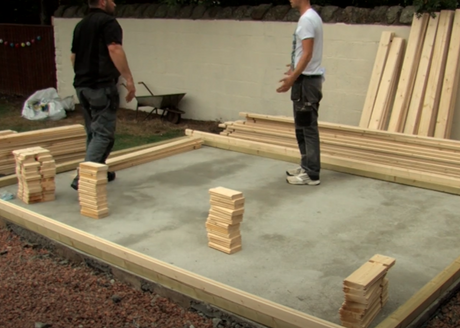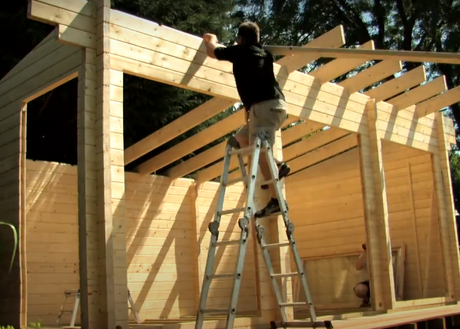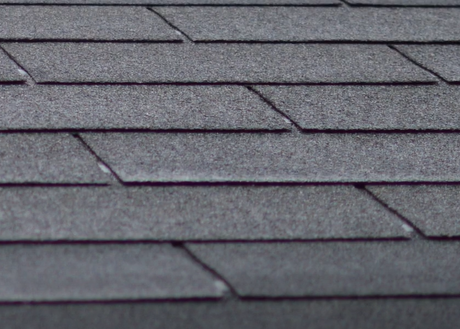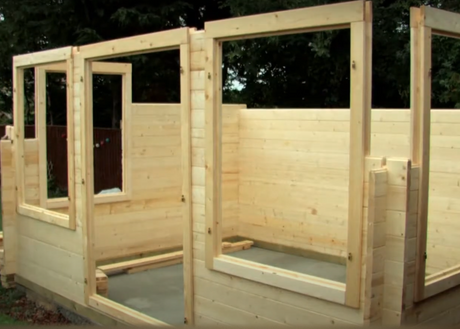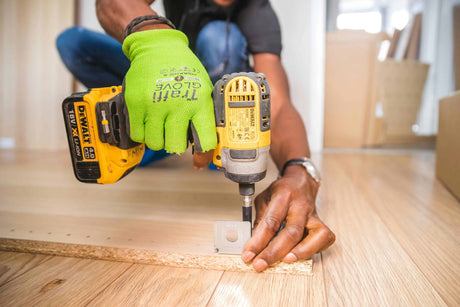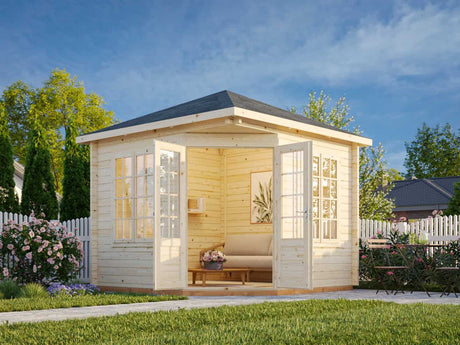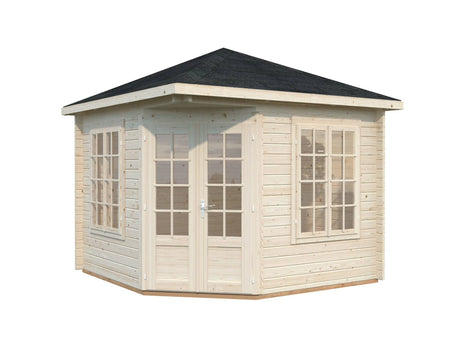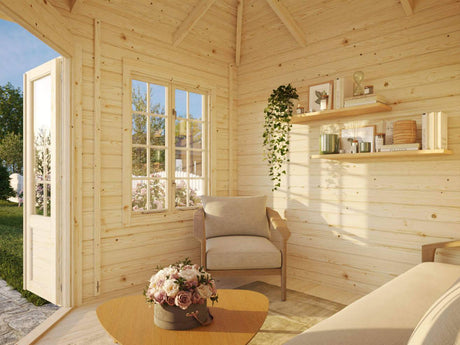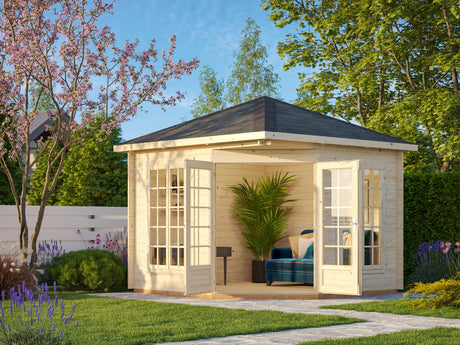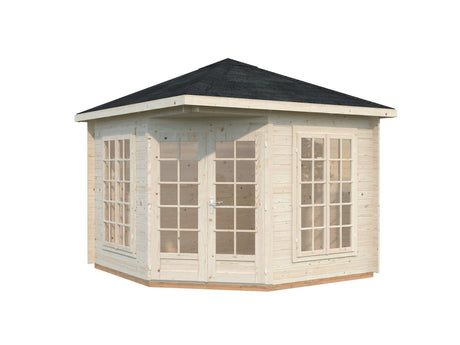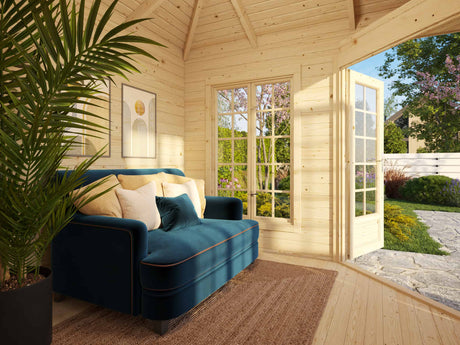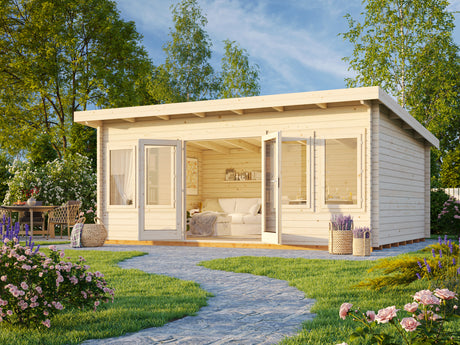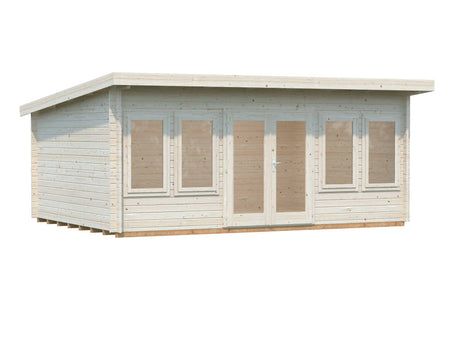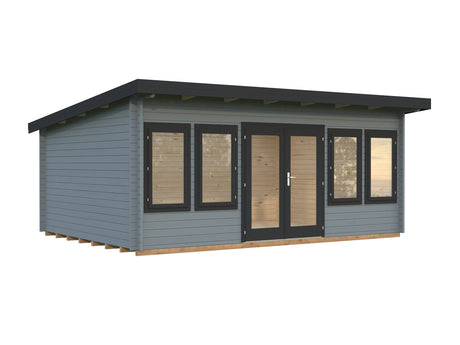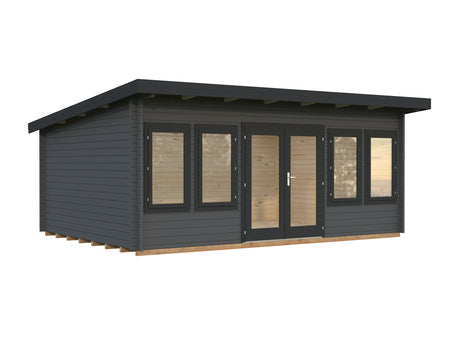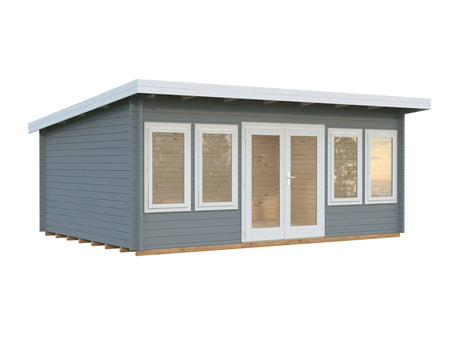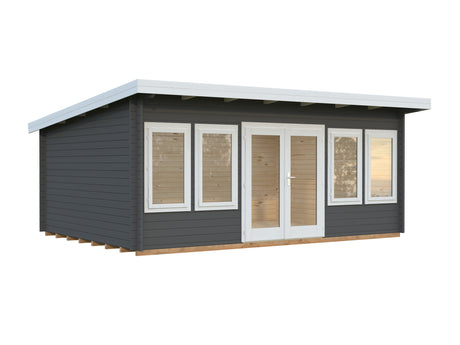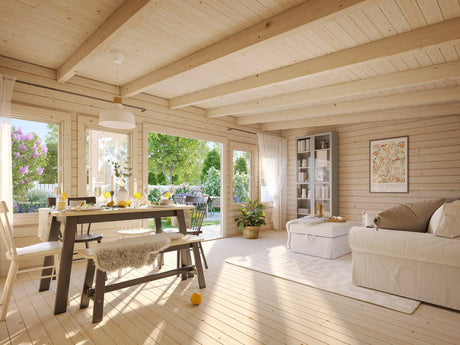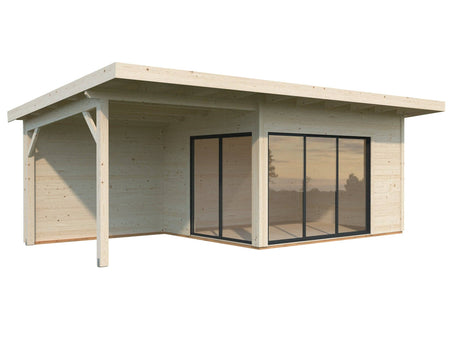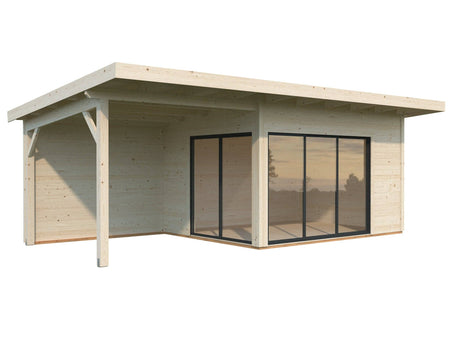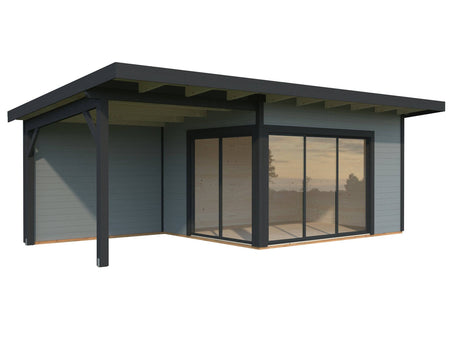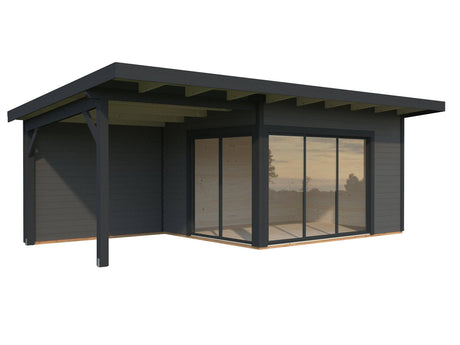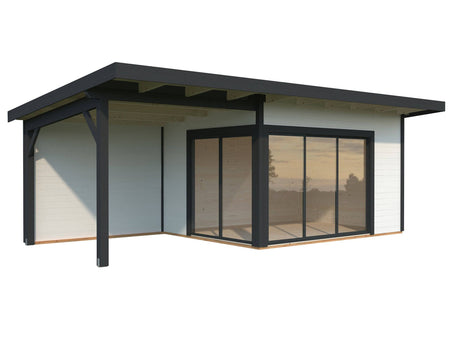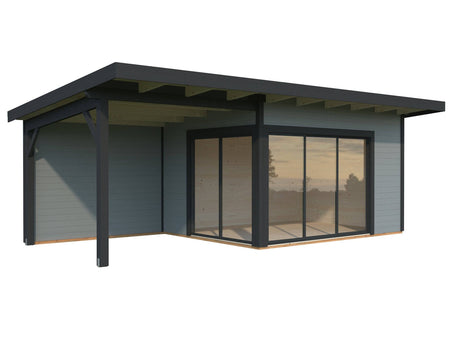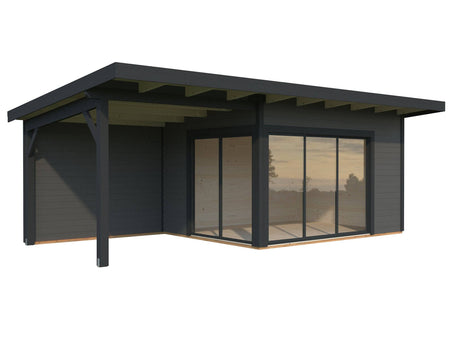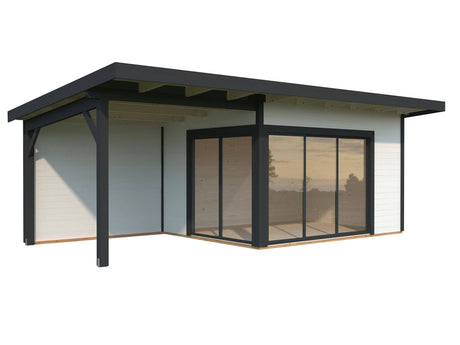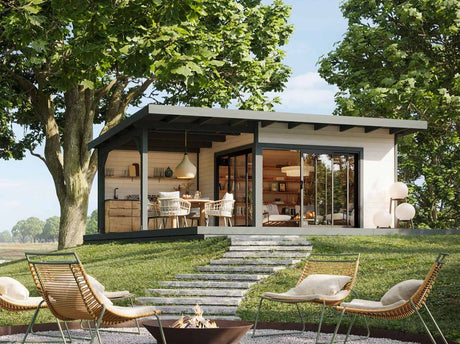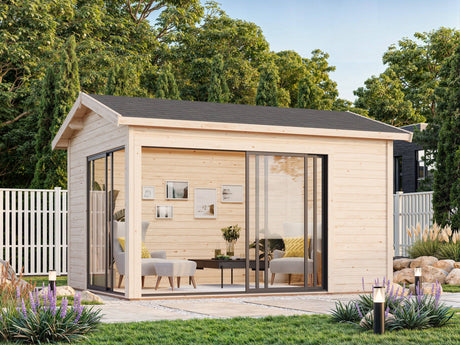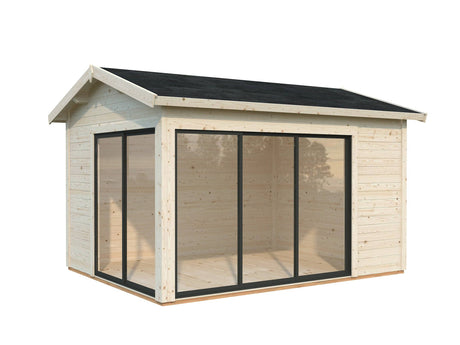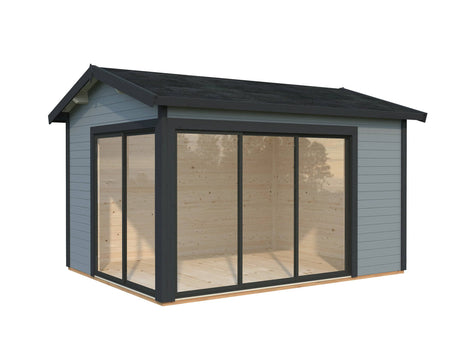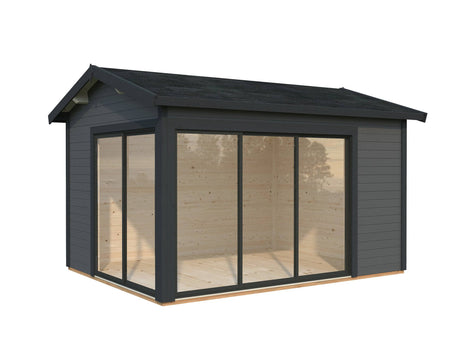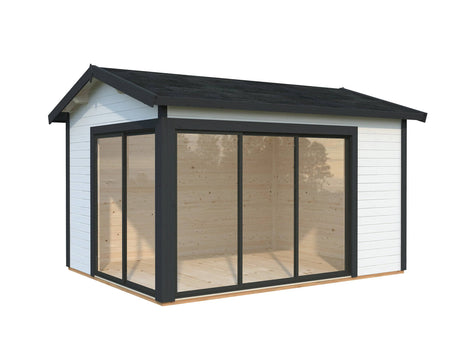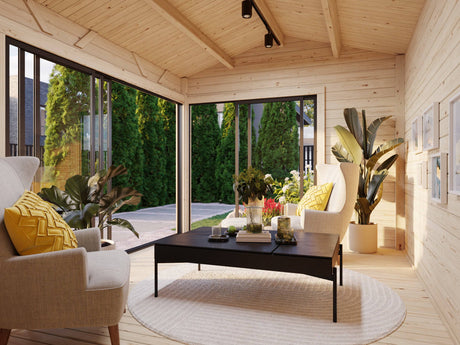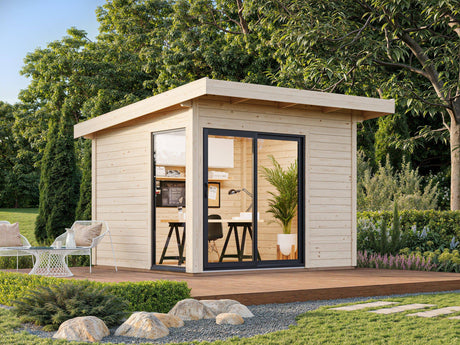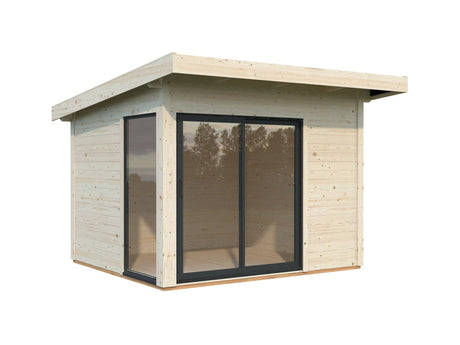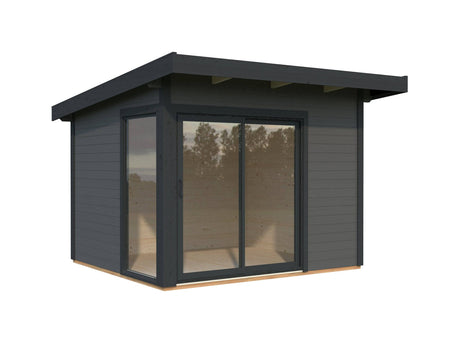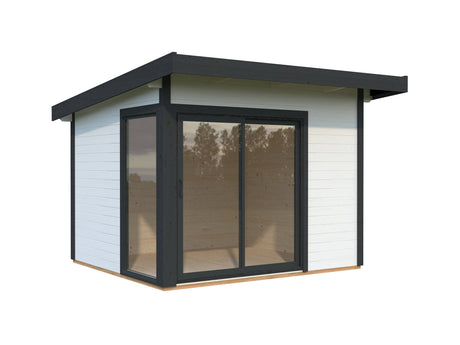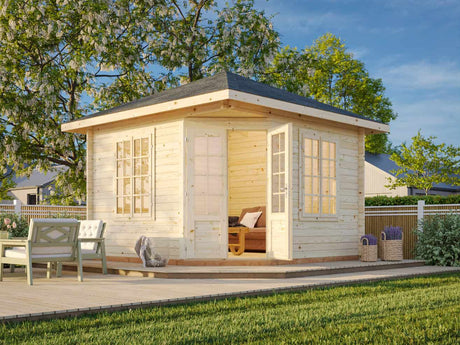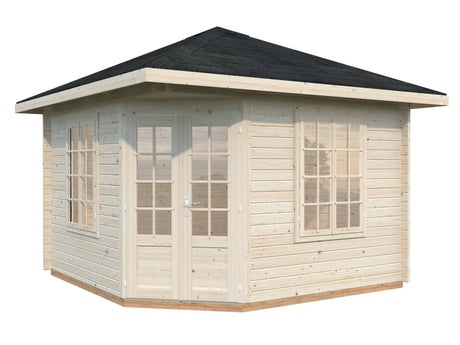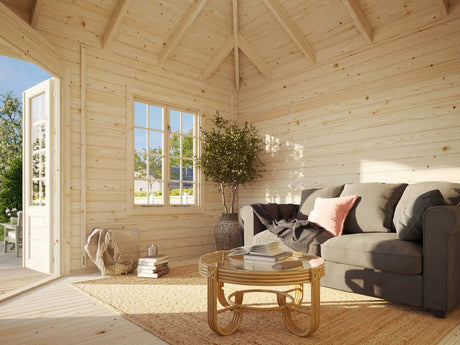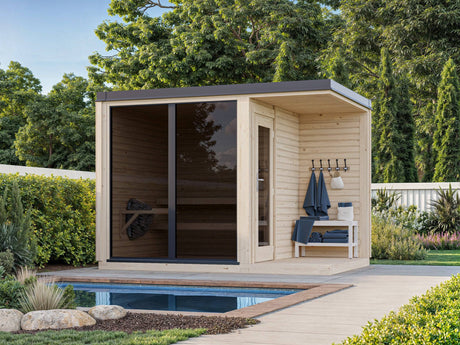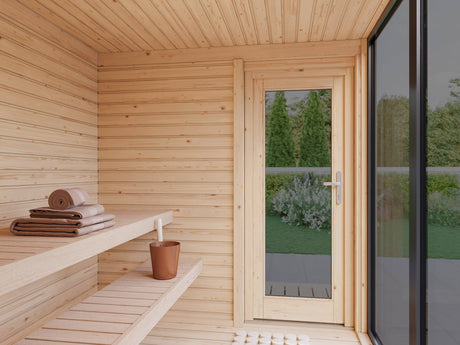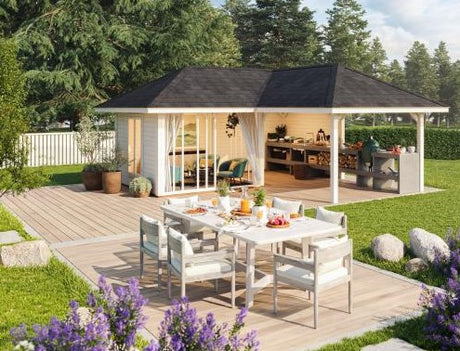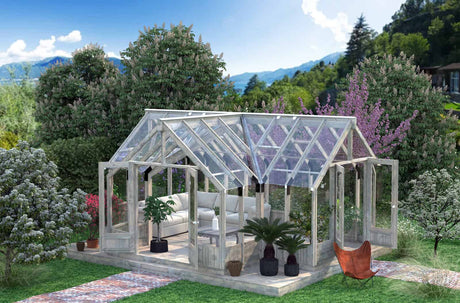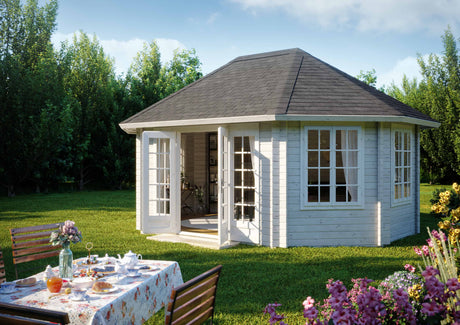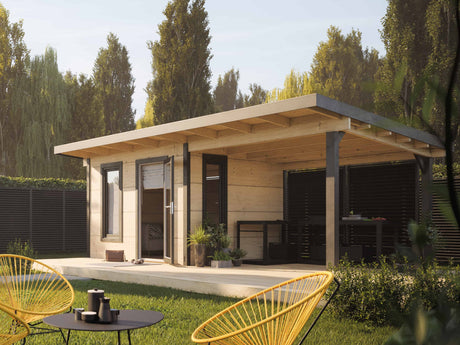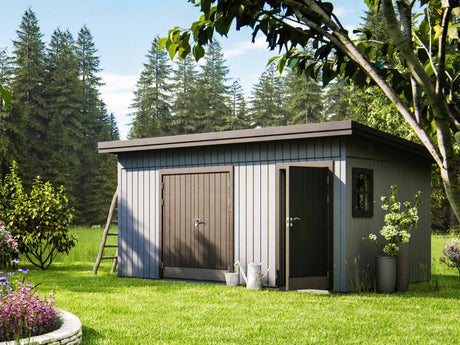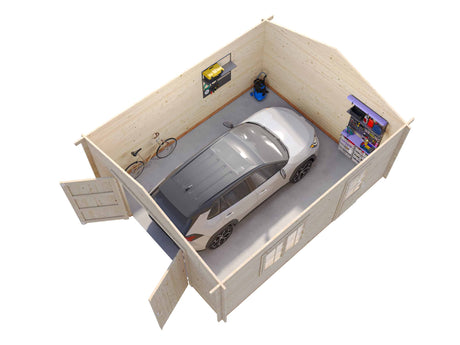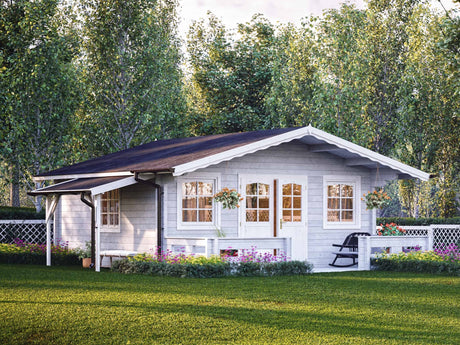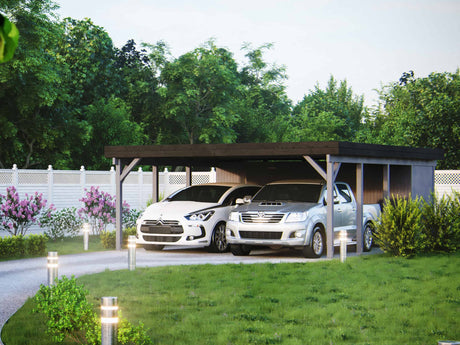We live in a mild, rainy climate in Britain, so water shortages are not really high on our radar. But as recent summers and unseasonal dry spells have proved, hosepipe bans and the need to conserve water are likely to become more of a thing.
So, we’d all do well to think how to keep our gardens green without just turning on the taps.
The answer is a good old-fashioned one – a garden water butt connected to the guttering of your house, garden room or shed. Even without the prospect of hosepipe bans, they’re a good idea for anyone with a garden:
- If you’ve got a water meter, a garden water butt will save you money
- Water butts are good for the environment – even in a country where water is plentiful, the processes involved in getting clean water to our taps use a lot of energy resources
- Your plants will thank you – rainwater is free from chlorine and treating agents found in tap water
But with some garden water butts stretching into £1000-plus territory, your wallet won’t necessarily thank you if you make a rash purchase. So, when it comes to choosing the best garden water butt, here’s our guide to making an informed and cost effective decision.
Your rainwater butt options
There’s a huge range to choose from when it comes to picking the right rainwater butt. Water capacities can range from 100 to 1000+ litres, and even more with some multi-tank systems. You can choose from simple plastic garden water butts to terracotta designs with fancy brass taps and built-in planters. Here’s a look at some of your choices for the best garden water butts.
Cheap garden water butts
Your cheapest and simplest option is going to be a plastic barrel-style garden water butt. For £25 to £40, you’ll get a durable tank with roughly 200-litre capacity and a built-in plastic tap. They’re not especially pretty, but they’ll get the job done just fine.
Garden centres and DIY shops sell a good choice of rainwater butts, and some councils sell a limited range too. You’ll also find some good examples of budget-friendly water butts online at Evengreener and B&Q.
Things you may want to check, even if your budget is very tight, include whether:
- the plastic is recycled
- there is a child-proof lid
- the tap is sturdy – the last thing you want is a flimsy, ill-fitted tap that lets the water leak out
- how you’ll collect the water
Slimline water butts
If city-living has left you with a small plot and you’re tight on space, there are plenty of slimline water butts with unobtrusive designs. They’ll fit well into tight corners or restricted spaces, albeit at the cost of having smaller capacity. You’ll find some of the best garden water butts with a slimline design at Water Butts Direct and Homebase.
Rustic garden water butts
A plastic rainwater butt may look out of place by an old country cottage or in a rustic-style garden design. But don’t worry – a wooden (or ‘wood-effect’) water butt will blend in nicely. Smaller oak barrel style designs or huge 500-litre tanks are both functional and elegant.
You can even find garden water butts disguised as tree trunks. However, if you do want a water tank that looks like a sawn-off tree, expect to pay more – certainly upwards of £75, going all the way up to the hundreds.
Getting fancier – stone and terracotta water butts
Here you were, thinking you’d never describe a garden water butt as classy – especially after looking at the fake tree trunk versions. Some of the best garden water butts have an antique-style or stone effect look, with a choice including terracotta, granite, sandstone – many with a distinctly Mediterranean style. Source: Guttermate website.
You’ll find tasteful brass taps galore, vase and amphora styles, and the option to have planters and bird baths on top of the butt. Prices can be hefty, and you’ll need to watch out for the cost of extras like downpipes and fittings. But they can be a distinctive or complementary part of a garden design, in which case the cost will be worth it.
Multi-tank garden water butts
Blessed (or cursed) with a huge plot? If you go through lots of water or just fancy the peace of mind from having more storage, single garden water butts are no match for multi-tank systems. You have a choice here of hundreds or thousands of litres capacity. And you don’t have to spend a fortune.
A basic twin set of rainwater butts offers 700 litres of capacity with special filters for getting rid of gutter debris. Also exceptional value is a triple tank system for under £150 that stores 1050 litres of rainwater.
Alternatively, it can work out cheaper or more flexible to buy individual butts of your choice and use a connector to make a DIY multi-tank system.
Installing a garden water butt
With any garden water butt, big or small, plastic or rustic, you need to work out how you’re going to gather rainwater.
Some smaller butts collect water by having no lid, but these are far from ideal as their surface area is not enough to gather a significant amount of rainfall (and the open lid allows for water loss by evaporation). Instead, most water butts attach to the downpipe from your gutters (be it home, summer house or shed) and gather the rainfall that the whole roof collects. Even a small 2m x 2m roof can collect over 3000 litres a year with average UK rainfall.
The best garden water butts come with a kit for you to connect the tank to the pipe. However, there could be complications. Most will work only for certain sizes of downpipe, and not for cast iron ones, so you may need to buy a different connector kit. You may also want to look at diverter kits, which take away excess water.
For step-by-step guides to installing a garden water butt properly, there are plenty of guides online.
What else you’ll need
Filling up buckets or watering cans from a tap a few inches from the ground can range from tricky to impossible. The best garden water butts come with stands included, but with others it will be an optional extra, to be factored into your cost calculations.
There are also universal stands, but it’s still important to double-check if the stand is compatible with your tank size and weight.
Garden water butt maintenance
Keeping your water butt well covered will help to stop debris falling in, and reduce slime and algae forming. It will also avoid the water being used as a breeding ground for mosquitoes.
The best garden water butts come with secure lids, but even then you need to prevent algae and slime, so a splash of non-toxic rainwater treatment a few times a year will keep your water nice and clean.
There is a small risk of nasty Legionella bacteria breeding; you can fix this with an annual emptying and deep cleanse. Placing the water butt in the shade or painting it white (to reflect heat) can also help.
Although water butts are most likely fill up in autumn and winter, it is advisable to keep an eye out for extreme cold spells. If located in an exposed spot, or should persistent sub zero temperatures be forecast, it’s best to temporarily insulate the tank (and connecting pipe) or empty the butt altogether to stop the water from freezing and splitting the plastic.
Some people also use garden water butts to gather ‘grey’ water from baths, basins and the kitchen, but keeping this water clean and fresh will take a bit more work than simple rainwater. You also have the issue of the water containing detergents. There’s advice on re-using grey water available here.
Now’s the time…
When it comes to choosing the best garden water butt spring and early summer are the perfect time to get onto this. You’ll have a few damp weeks to collect rain before the summer and you’ll be well prepared if we get another ‘barbecue summer’ this year.
And if you do already have a water butt, it’s a good time to spring-clean it and make sure you’re all geared up to use it effectively and safely this summer.

